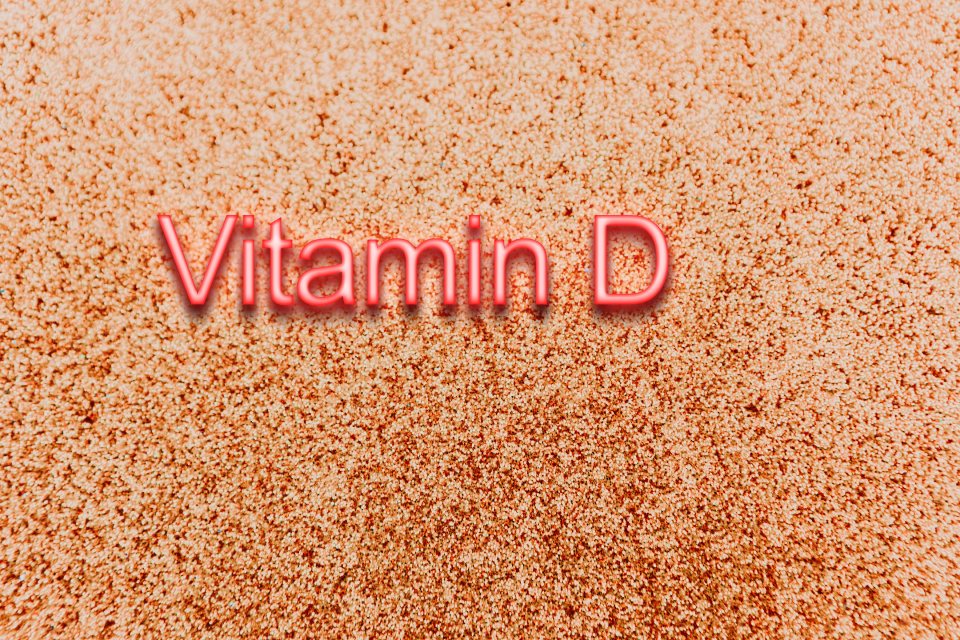Vitamin D is an essential nutrient; we need to eat foods rich in vitamin D and spend time outdoors to maintain adequate levels in our body. So, the next time you eat a salmon burger outside in the sun, you’ll be getting vitamin D in two ways. Read on to learn why vitamin D is so important for the body and ways to get it.
Dietary Sources andHealth Benefits
Vitamin D2 (ergocalciferol) is found in fatty fish, fish liver oils, egg yolks, cheese and beef liver. Vitamin D3 (cholecalciferol) is found in mushrooms and yeast. More commonly, vitamin D keeps bones healthy. Vitamin D may also help improve diabetes, metabolic syndrome, malignancy, hypertension (high blood pressure), cardiovascular disease and mental illness (1)(2). Vitamin D deficiency may lead to osteomalacia (a bone softening disorder) in adults.
Vitamin D Prescriptions
Vitamins D2 and D3 are absorbed in the small intestine and stored in fat tissue. Many people with end stage kidney disease (ESKD) on hemodialysis need supplemental vitamin D since the kidneys no longer activate it. Your doctor may prescribe calcitriol, Hectorol or Zemplar, the activated form of vitamin D. These active forms work differently in the body. You may be prescribed over-the-counter vitamin D supplements such as D2 and D3. They need to be taken as prescribed. For more information, talk to your nurse or dietitian.
Your nephrologist (kidney doctor) or primary care physician (PCP) may order a vitamin D level test. Use the chart below to help determine deficiency, adequacy or toxic levels.
Vitamin D Levels
| nmol/L* | ng/mL* | Health status |
| <30 | <12 | Associated with vitamin D deficiency, which can lead to rickets in infants and children, and osteomalacia in adults |
| 30 to <50 | 12 to <20 | Generally considered inadequate for bone and overall health in healthy individuals |
| ≥50 | ≥20 | Generally considered adequate for bone and overall health in healthy individuals |
| >125 | >50 | Linked to potential adverse effects, particularly at >150 nmol/L (>60 ng/mL) |
Good Food Sources of Vitamin D
| Food | Micrograms (mcg) per serving | International Units (IU) per serving | Percent Daily Value |
| Cod liver oil, 1 tablespoon | 34.0 | 1360 | 170 |
| Trout (rainbow), farmed, cooked, 3 ounces | 16.2 | 645 | 81 |
| Salmon (sockeye), cooked, 3 ounces | 14.2 | 570 | 71 |
| Mushrooms, white, raw, sliced, exposed to UV light, 1/2 cup | 9.2 | 366 | 46 |
| Milk, 2% milkfat, vitamin D fortified, 1 cup | 29 | 120 | 15 |
| Soy, almond, and oat milks vitamin D fortified, various brands, 1 cup | 2.5-3.6 | 100-144 | 13-18 |
| Ready-to-eat cereal, fortified with 10% of the DV for vitamin D, 1 serving | 2.0 | 80 | 10 |
| Sardines (Atlantic), canned in oil, drained, 2 sardines | 1.2 | 46 | 6 |
| Egg, 1 large, scrambled (vitamin D is in the yolk) | 1.1 | 44 | 6 |
| Tuna fish (light), canned in water, drained, 3 ounces | 1.0 | 40 | 5 |
| Cheese, cheddar, 1.5 ounce | 0.4 | 17 | 2 |
| Mushrooms, portabella, raw, diced, 1/2 cup | 0.1 | 4 | 1 |
| Chicken breast, roasted, 3 ounces | 0.1 | 4 | 1 |
| Beef, ground, 90% lean, broiled, 3 ounces | 0 | 1.7 | 0 |
Recipes to Try fromDaVita.com
Sheet Pan Salmon and Green Beans
References
1. Shaw N.J., Pal B.R. Vitamin D deficiency in UK Asian families: Activating a new concern. Arch. Dis. Child. 2002;86:147–149. doi: 10.1136/adc.86.3.147. [PMC free article] [PubMed] [CrossRef] [Google Scholar]
2. Jeon S.M., Shin E.A. Exploring vitamin D metabolism and function in cancer. Exp. Mol. Med. 2018;50:20. doi: 10.1038/s12276-018-0038-9. [PMC free article] [PubMed] [CrossRef] [Google Scholar]
3. Table References:
NIH: Your Kidneys & How They Work

